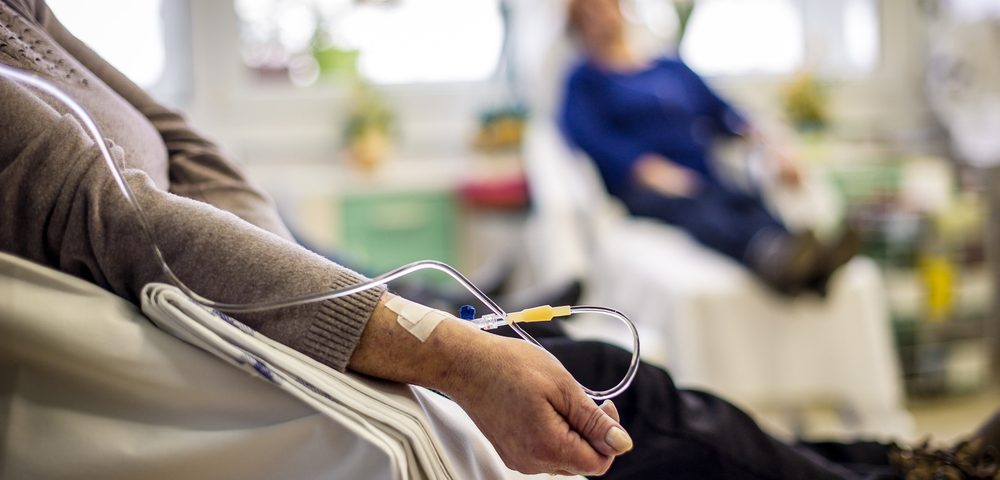Adding etoposide to a treatment regimen called CHOP led to longer survival times for middle-aged and older people with a certain kind of lymphoma, a Scandinavian study reported.
The results applied to patients between 41 and 65 with an ALK-positive anaplastic large cell lymphoma. It failed to help patients younger than 41, the researchers said.
The acronym CHOP comes from the names of the therapies that make up the combo treatment: cyclophosphamide, doxorubicin, vincristine and prednisolone. Etoposide is sold under a number of brand names, including Etopophos.
The study, “The addition of etoposide to CHOP is associated with improved outcome in ALK+ adult anaplastic large cell lymphoma: A Nordic Lymphoma Group study,” was published in the British Journal of Haematology.
To obtain a better understanding of the factors that influence outcomes in this type of cancer — a type of peripheral T-cell lymphoma — researchers at Lund University in Sweden and Aarhus University Hospital in Denmark analyzed information from their national lymphoma registries.
The records of all 122 adults with ALK-positive anaplastic large cell lymphoma were included in the review. The study included patients diagnosed between 2000 and 2010.
The group’s median age was 40, with 19 percent older than 60. Slightly more than half had a more advanced disease. They included 43 percent with tumors in at least one site outside the lymph nodes.
Seventy-eight percent of the patients in the study survived more than five years after treatment, researchers found. Sixty-four percent of the patients did not have their disease progress during that time.
Older patients had a poorer overall survival rate than younger ones. International Prognostic Index scores were good predictors of how long patients would live, the research team said.
Forty percent of patients were treated with CHOP, 48 percent with a combination of CHOP and etoposide, and the other 12 percent with other treatments.
Those treated with CHOP and etoposide had better overall and progression-free survival than those treated with CHOP. But when the team split the patients into age groups, they discovered that the survival rates of those in the 18-40 group were similar between the CHOP and CHOP-plus-etoposide groups. Those who received etoposide were often sicker than those on CHOP alone, however, researchers said.
In patients 41-65, both overall and progression-free survival was better in the CHOP-plus-etoposide group. This result held even when researchers took other factors into account.
“With recognition of the retrospective nature of our study, [etoposide-CHOP] treatment seems to be a reasonable consideration in all patients under the age of 65 years judged to tolerate it, with the exception of young patients with limited disease burden,” the researchers wrote.


